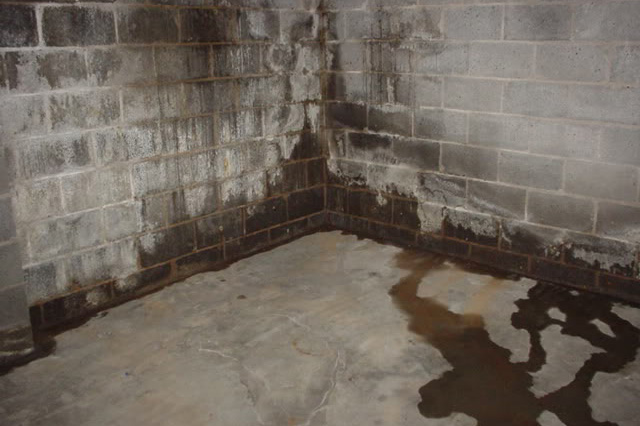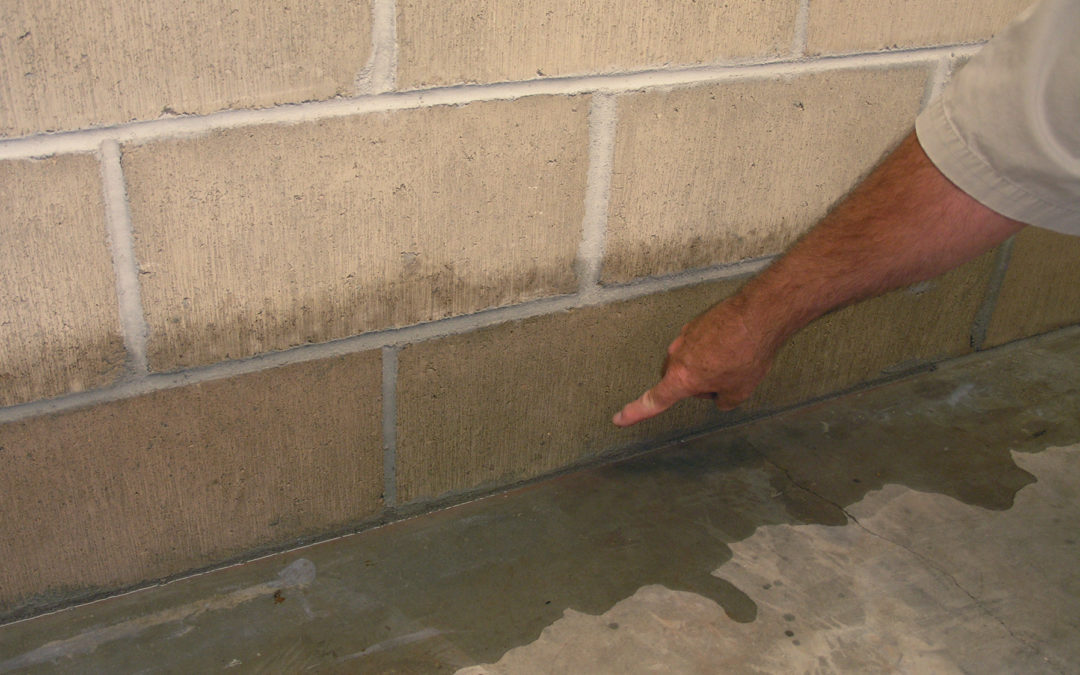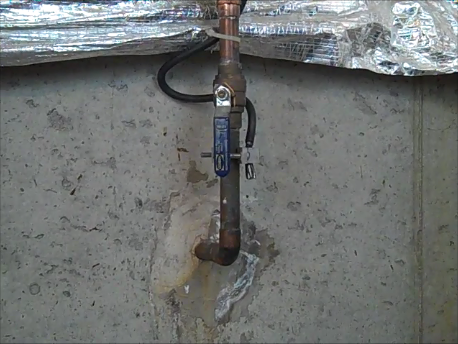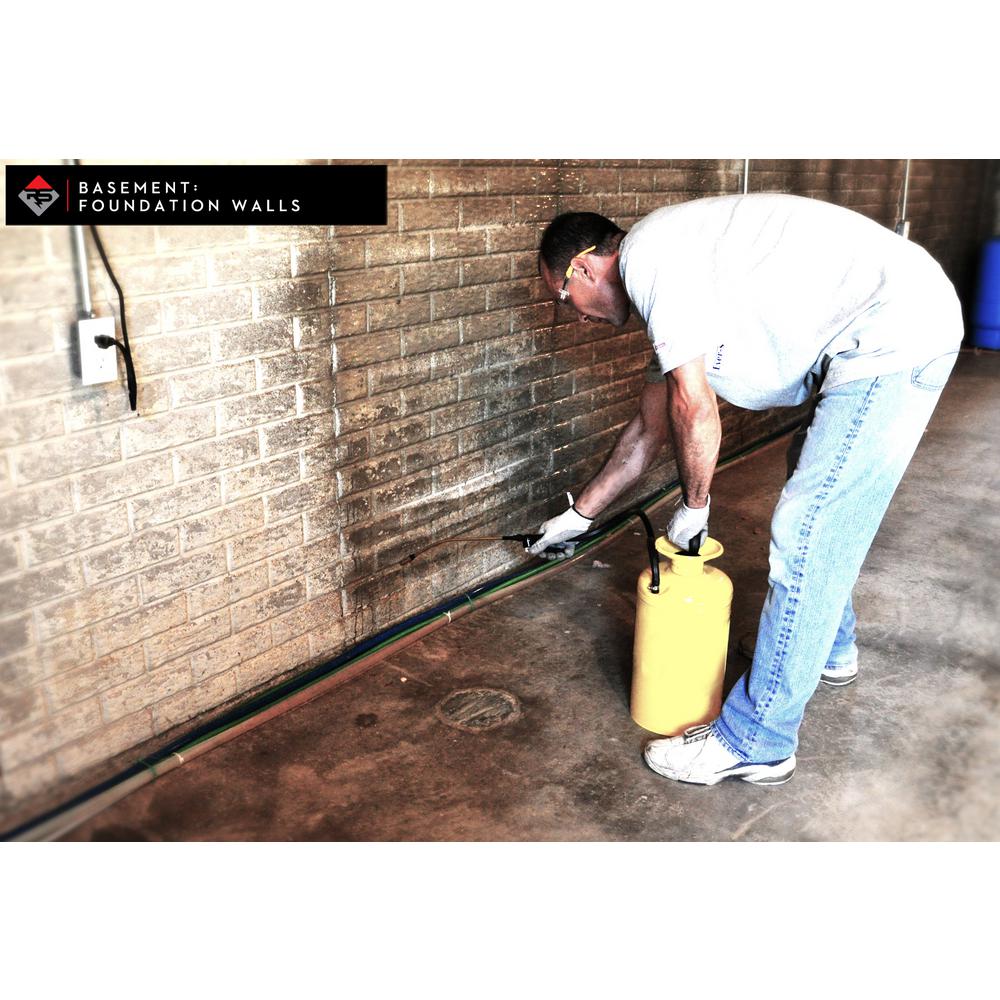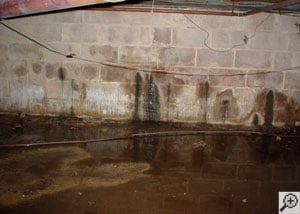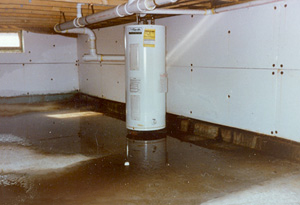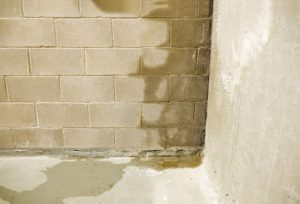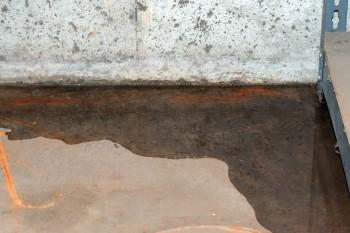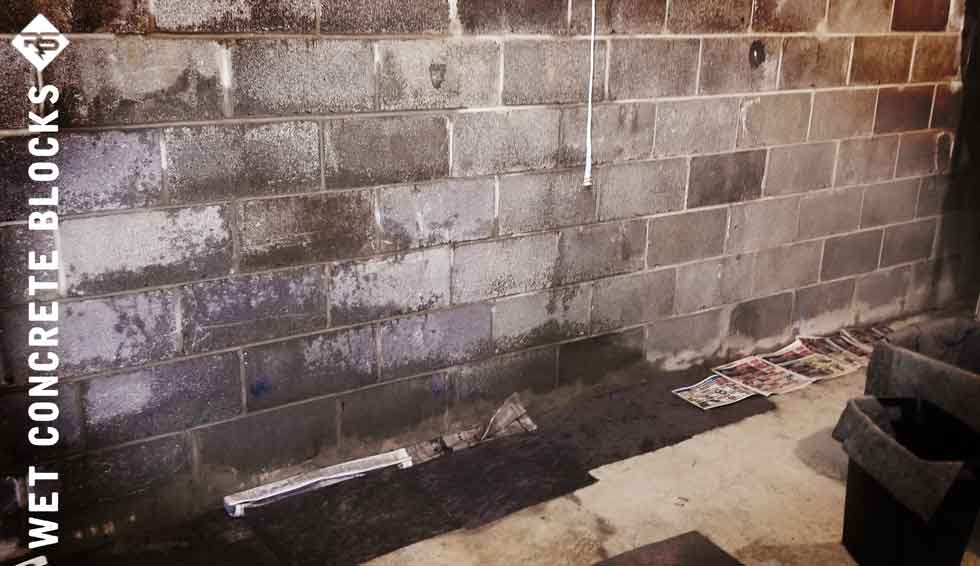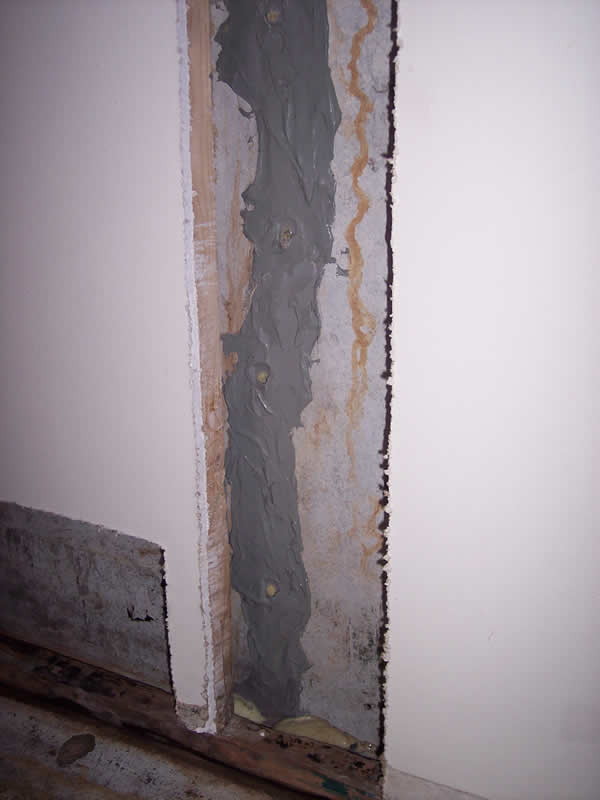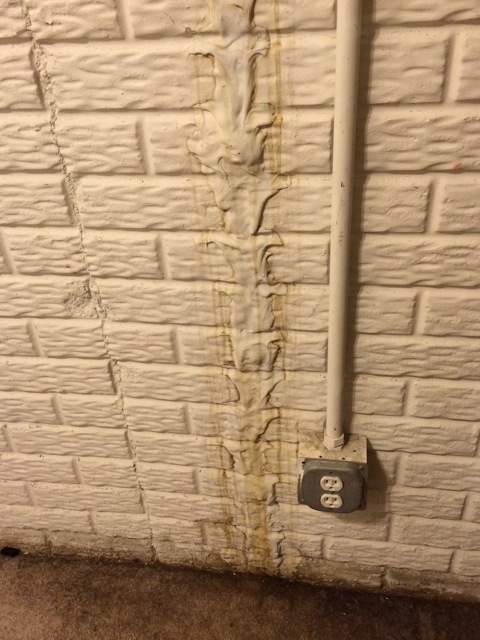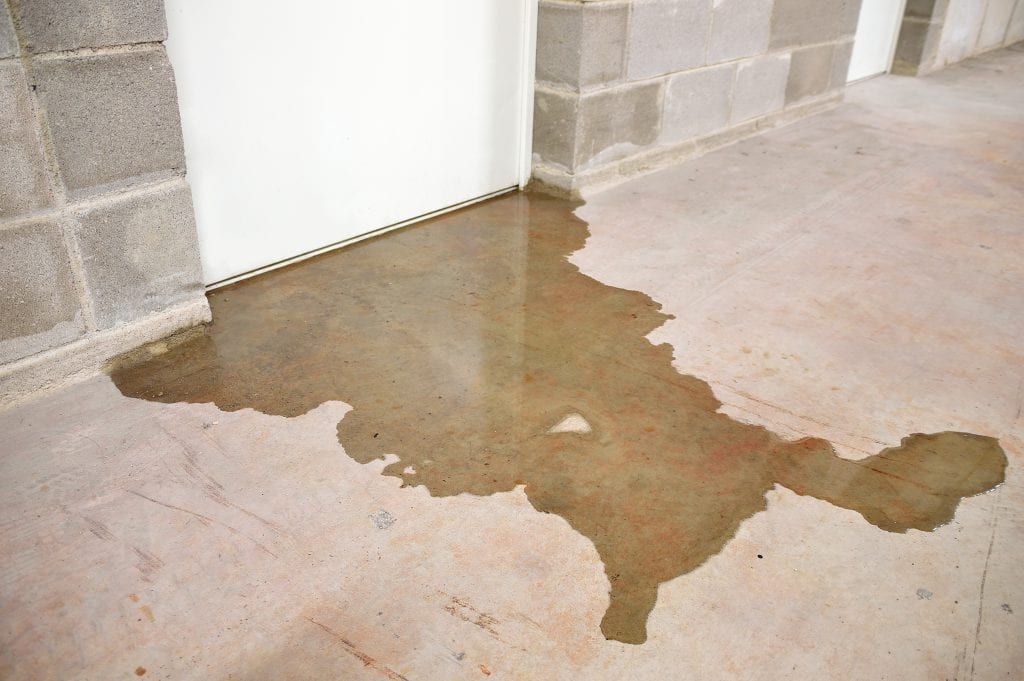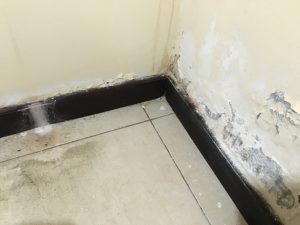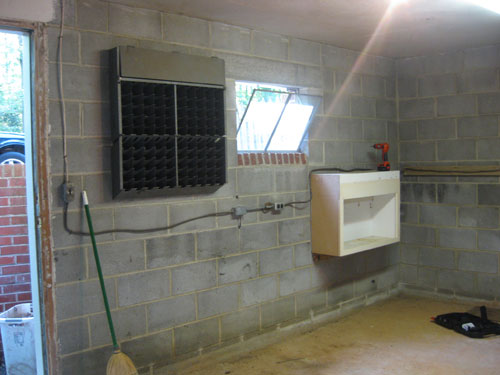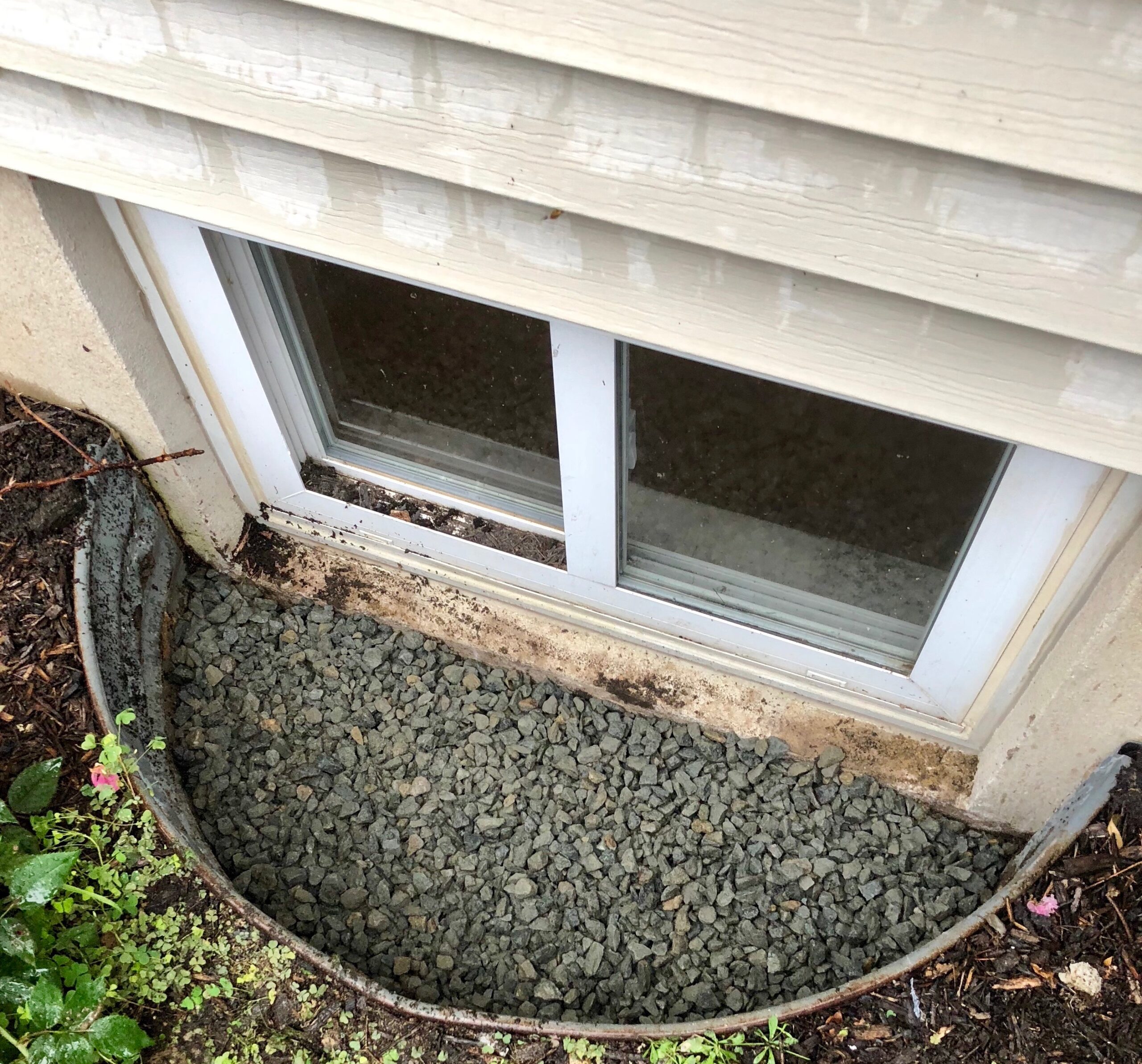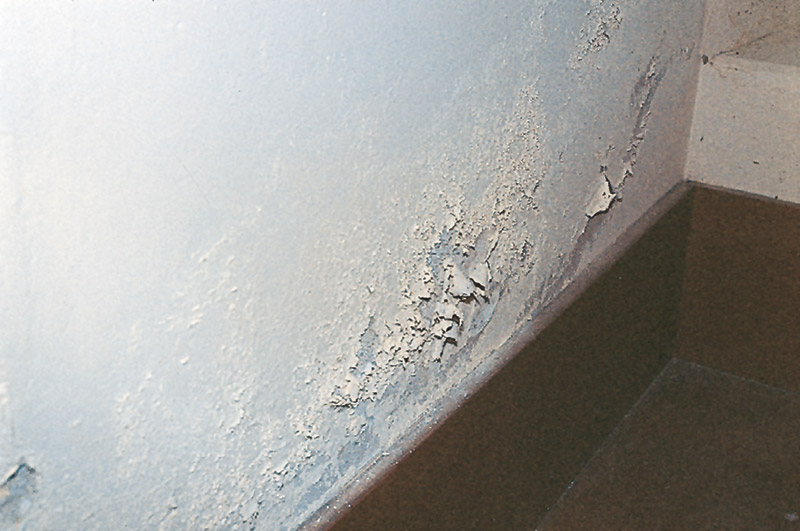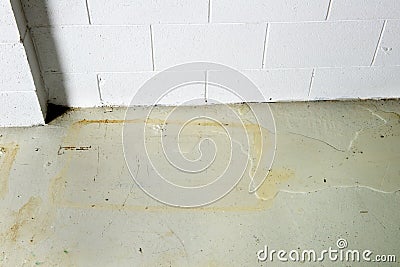Water Seeping Thru Basement Wall

Water trapped in the soil around the walls puts pressure on the mortar between blocks and gradually works its way through.
Water seeping thru basement wall. The shape of the discoloration is likely to be irregular. If water is leaking in a wall eventually the outer surface of the wall will take on some discoloration. Look for sections where the surface of the wall whether it s wallpapered drywall or even wood is slightly washed out or has a lighter color than the surrounding area. As the water table rises the amount of hydrostatic pressure increases.
Pour the liquid membrane into a paint tray and apply it to the wall using the paint. Spray the waterproofing in an even application. Apply a layer of waterproofing on the inside of your basement walls. Seeping is especially common in basement walls or walls at least partially underground.
Spray one wall at a time. To conduct a simple condensation test dry an area of the wall with a rag and then attach a one foot square piece of aluminum foil to the wall with duct tape. Peel off the foil after 24 hours and. Hold the spray at least 10 inches away from the basement walls and spray from side to side until the wall is covered.
If there are gaps in the concrete floor such as cracks or where the basement floor meets the foundation wall the cove joint or seam between the foundation and the floor slab ground water is forced up through them and into your basement. Coat the retaining wall with an appropriate liquid waterproofing membrane on the side that will be backfilled. Water can leak through cracks or it can penetrate porous concrete or masonry walls in the form of water vapor. When water seeps through a crack or hole it can be a leaking basement wall or floor.
If enough water builds up in the cracked mortar it can begin to seep through the wall. Rainwater melting snow or groundwater can saturate the soil around your foundation and leak in. To figure out what s causing the problem tape aluminum foil to your basement wall and inspect it a few days later. Doing so helps you get a full understanding of where the water is entering your basement or crawlspace.



